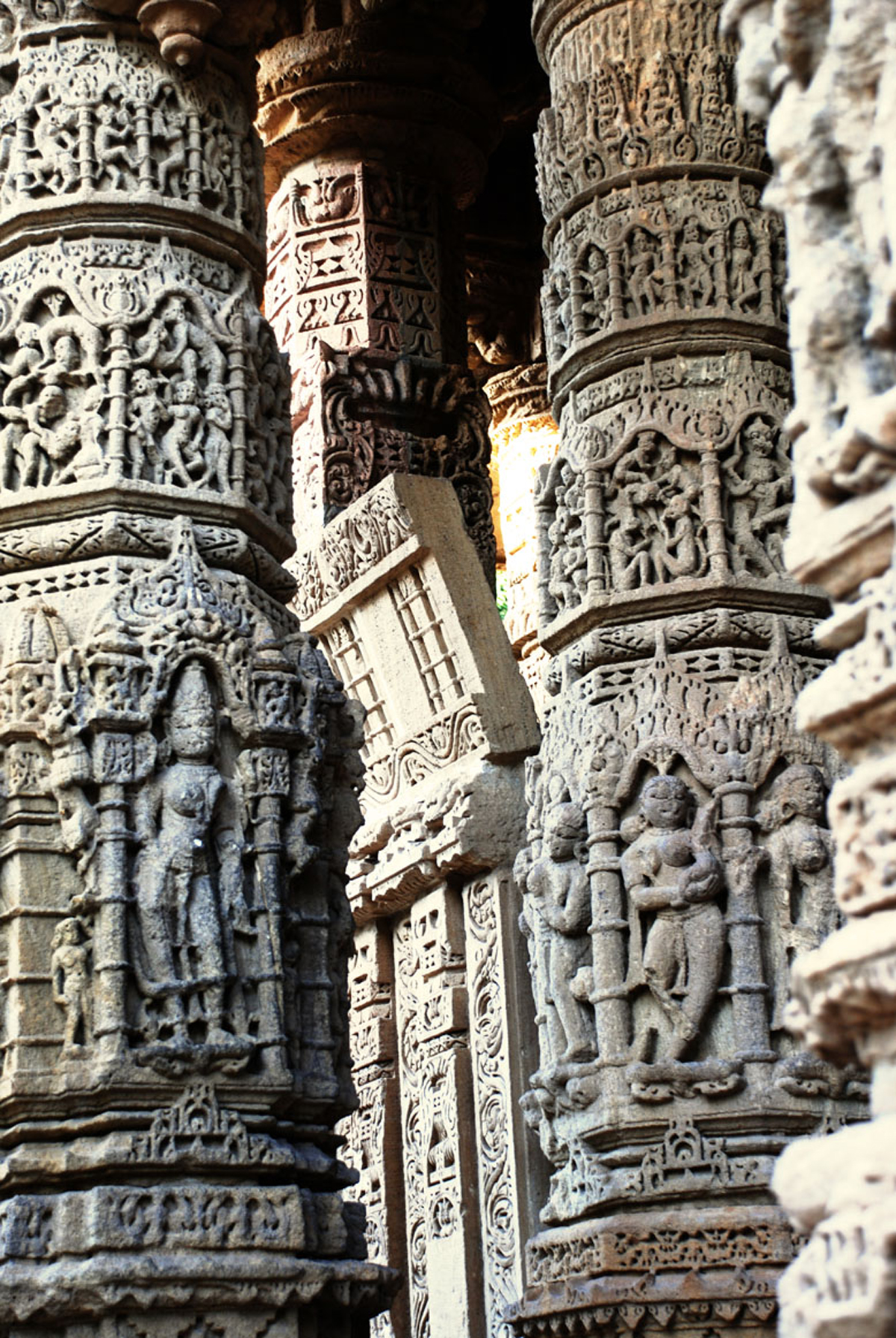
There is no denial to the fact that the modern era is the era of online paintings. The advancement in technology has allowed Internet to penetrate the market. Of late there has been a surge in online selling platforms. This trend has also infiltrated the art market and, more and more people are willing to buy online paintings. While paintings have been available over the Internet for a few years, the history of paintings can be traced back to the Stone Age.
What is Stone Age?
The Stone Age was a prehistoric time before metal tools, agriculture or the domestication of animals came into existence. It was a time when humans made tools from stones and bones. The first instance when humans created art such as paintings was around 30,000 BC.
Art Forms of the Early Paleolithic Age
The two major art forms during this early Paleolithic are classified into stationary and portable art. The examples of stationary art were cave paintings found in Western Europe. Portable art was small and compact. Most of these portable art pieces were small figurines or simple clay pots. They were simple, functional and portable.
Significance of Stone Age Paintings
Since Stone Age artists depended heavily on nature, they used art to express their desires for natural abundance and protection against dangers of the wilderness. Richly colored portable figurines shaped like humans and animals were probably used for rituals that were carried out to be for the hunt. These figurines depicted humans gaining control over natural elements, nature herself and animals. Fertility was another popular Stone Age theme, probably because it represented prosperity and expansion of the tribe. Stone Age figurines and pregnant women known as Venus are common in Stone Age art. The importance of animals to ancient people can be seen in the cave paintings that feature them. Cave paintings depict animals like bears, bison, dear, horses, wildcats and mammoths as well as power animals revered for their strength like lions or rhinos. Many cave paintings were painted on top of one another. Some paintings were pierced with painted arrows or even shot at with real arrows. This suggests that these paintings were used for hunting rituals. Other common cave painting elements are human handprints, roof shaped markings or tectiforms and doted art.
Painting Techniques Used During Stone Age
Stone Age artists used a mixture of two-dimensional perspectives like profile and frontal view or they sometimes used a composite perspective. By blending perspectives they made their subjects more recognizable. For example, a human leg would be painted in profile so viewers can easily identify the foot. Mixed perspectives were sometimes used to depict running animals. Cave paintings omitted landscape paintings and although they included the human figure, this was actually fairly rare. Paint was applied using hands and animal hair brushes. Sometimes, artists would use hollowed-out bones to blow the paint through to spray it onto the wall. The most common colors were red and black. Forensic analysis of artists’ fossilized handprints show that men and women of all ages made cave art. Archeologists have discovered more than 200 caves with similar paintings on the walls throughout Europe dating from around this time. The paint used by Stone Age artist was made by mixing various minerals, portions of animal bones, charcoal and other natural elements. Artists may have used water, animal fat and even blood as the mixing medium for these colors. This curious amalgamation of materials prompts some researchers to believe that Stone Age paintings were geared towards the spiritual serving as aides to protection rituals, celebrations or other religious rights.
Art Forms of the Neolithic Paleolithic Age
The period towards the end of the Stone Age is known as the Neolithic period and it took place between 8000 and 2000 BC. During the Neolithic Age artists began painting new services including their play pottery, sculpture and even new plaster buildings that they had made. Neolithic people built the first permanent architectural structures which included houses, temples, towers, monuments and tombs. The most famous Stone Age structure is Stonehenge. There are many theories about Stonehenge’s original purpose. It may have been used as a meeting or celebration site or an astronomical calendar. Whatever the purpose of their art, there was a little doubt that it was important to the people of this age because they invested so much passion and effort in creating these seemingly eternal master works of art.
Certainly, Stone Age paintings laid the foundation stone of the future world artworks and online paintings. These paintings from the pre-historic times have contributed a lot in the development of art, language, agriculture and government.





















